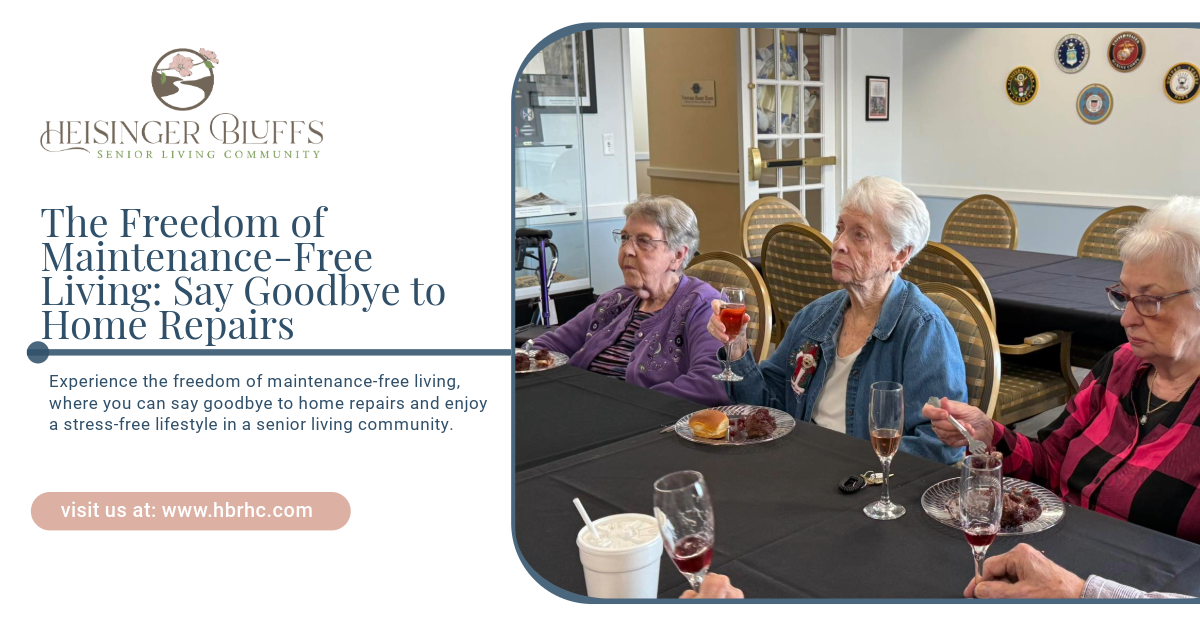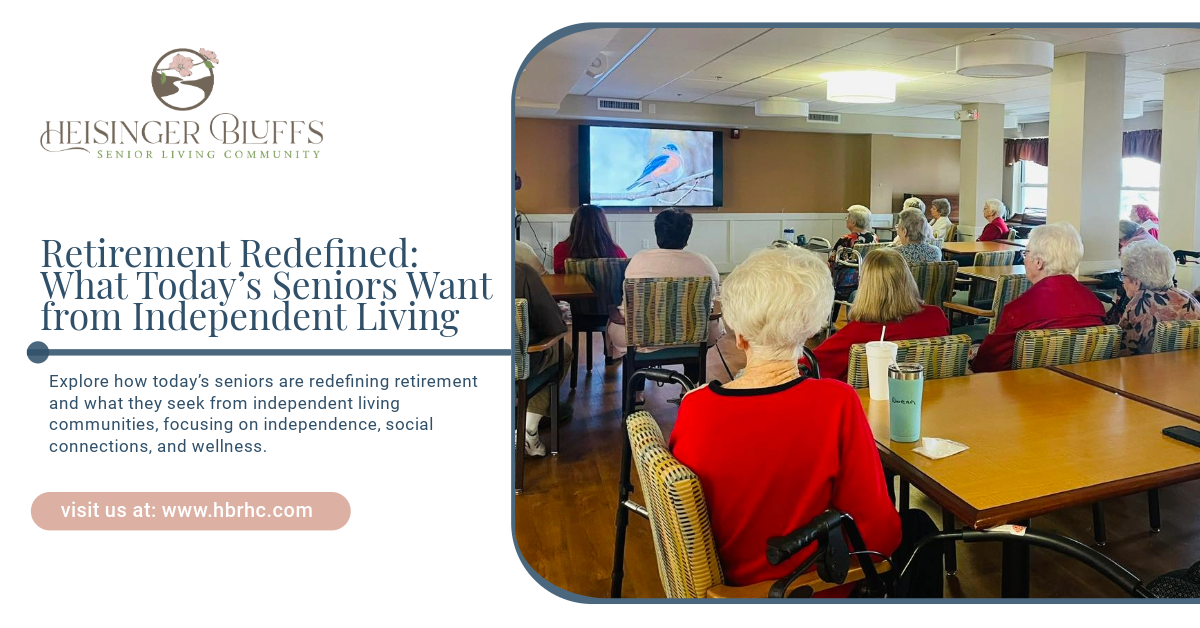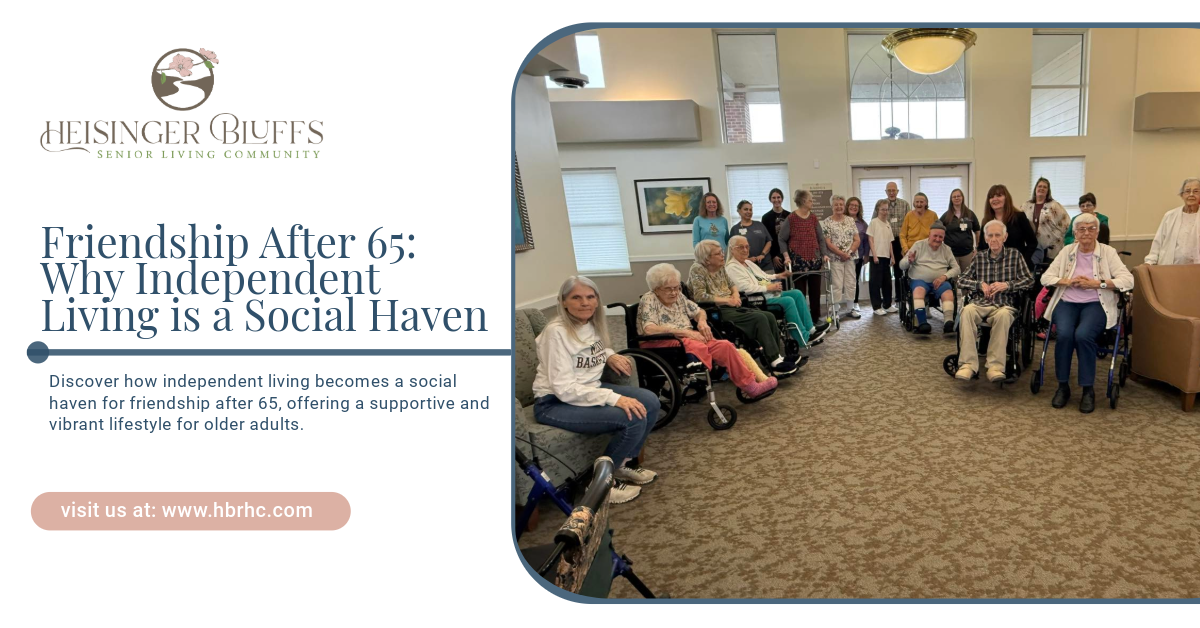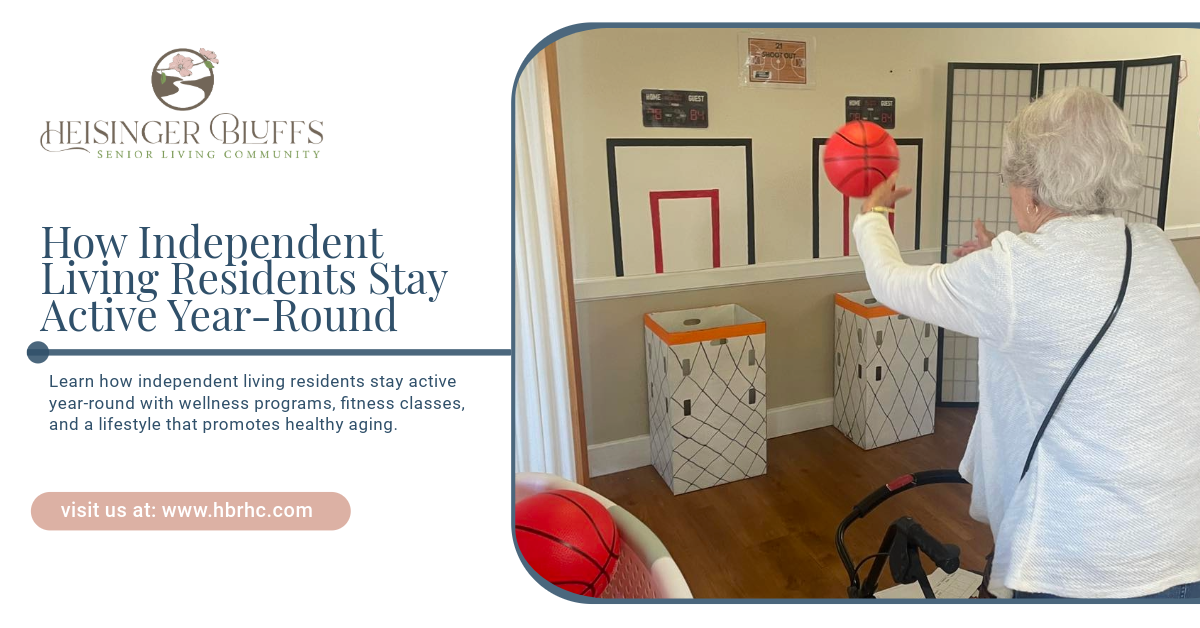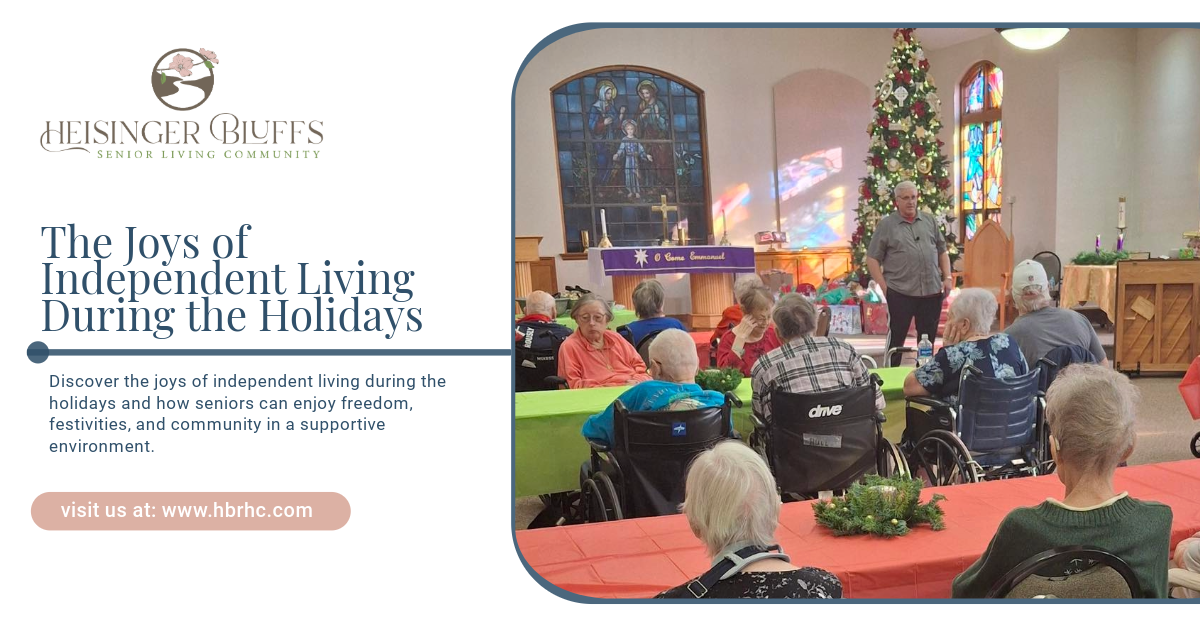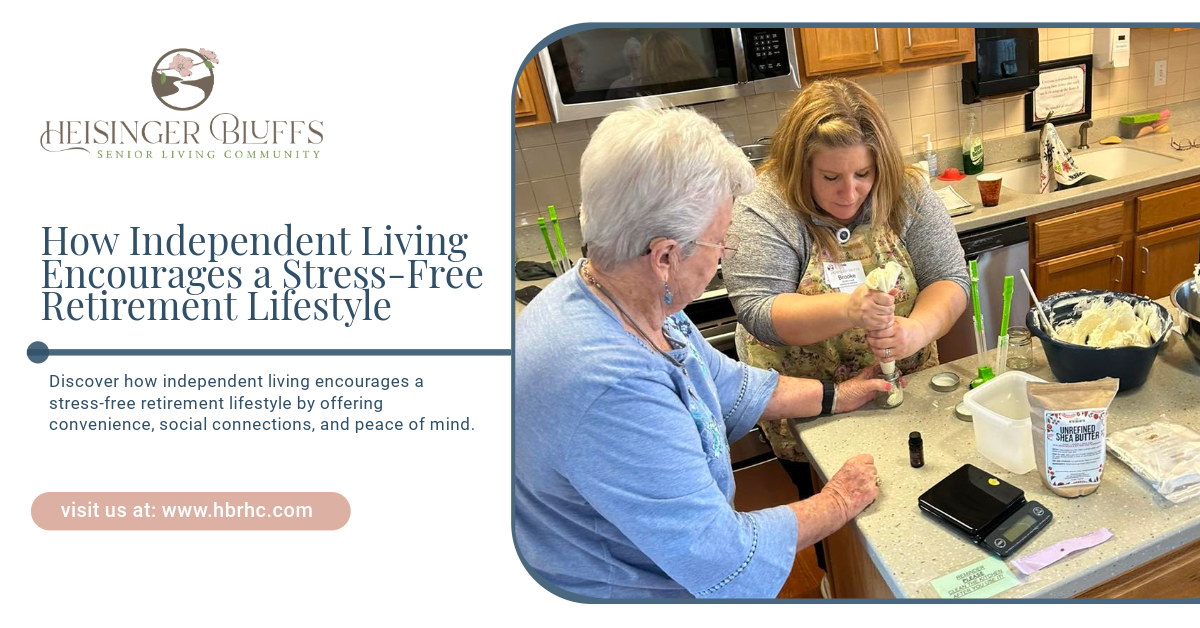Get in touch
Best Low-Impact Workouts for Healthy Aging and Mobility

Best Low-Impact Workouts for Healthy Aging
Staying active is one of the most important things seniors can do to maintain their health, mobility, and independence. However, not all workouts are suitable for aging bodies. High-impact exercises can strain joints and increase the risk of injury, making low-impact workouts a safer and more effective option.
Low-impact exercises offer the perfect balance of movement and safety, helping seniors improve strength, flexibility, and overall well-being. Whether you’re looking to build muscle, improve balance, or simply stay active, there are plenty of gentle workouts that provide significant health benefits.
In this guide, we’ll explore the best low-impact workouts for healthy aging, their benefits, and tips for getting started.
The Benefits of Low-Impact Exercise for Seniors
Before diving into specific exercises, it’s important to understand why low-impact workouts are essential for seniors. These exercises provide a full-body workout without putting unnecessary stress on joints and muscles.
1. Protects Joint Health
Low-impact exercises reduce strain on the knees, hips, and back while still providing a great workout. They help maintain mobility without worsening conditions like arthritis.
2. Improves Balance and Stability
Falls are a leading cause of injuries in older adults. Strengthening core muscles and practicing balance exercises can help prevent falls and improve stability.
3. Supports Heart Health
Cardio workouts don’t have to be high-impact to be effective. Activities like walking and swimming can keep the heart healthy while being gentle on the body.
4. Maintains Muscle Strength
Muscle loss is a common part of aging, but regular exercise can slow this process. Strength training with light weights or resistance bands can help maintain muscle tone.
5. Boosts Mental Health
Exercise releases endorphins, which improve mood and reduce stress. Staying active can help seniors combat anxiety, depression, and cognitive decline.
Top Low-Impact Workouts for Healthy Aging
There are many ways seniors can stay active without putting excess stress on their joints. Below are some of the best low-impact workouts to support healthy aging.
1. Walking
Walking is one of the simplest yet most effective forms of exercise for seniors. It’s easy to do, requires no special equipment, and can be done indoors or outdoors.
Benefits:
- Improves cardiovascular health
- Strengthens leg muscles
- Enhances mood and reduces stress
Tips:
- Start with short 10-minute walks and gradually increase duration.
- Use supportive walking shoes to prevent discomfort.
- Walk with a friend or join a walking group for motivation.
2. Swimming and Water Aerobics
Water-based exercises are perfect for seniors because the buoyancy of water reduces strain on joints while still providing resistance for muscle strengthening.
Benefits:
- Reduces joint pain and stiffness
- Improves cardiovascular endurance
- Increases flexibility and range of motion
Tips:
- Look for senior-friendly water aerobics classes at local pools.
- Use flotation devices if needed for extra support.
- Start with slow movements and gradually build intensity.
3. Chair Yoga
Yoga is excellent for flexibility, balance, and relaxation. Chair yoga offers all the benefits of traditional yoga while providing additional support for those with limited mobility.
Benefits:
- Enhances flexibility and posture
- Improves breathing and relaxation
- Supports joint health
Tips:
- Follow a guided senior yoga class or use online tutorials.
- Choose a sturdy chair without wheels for better stability.
- Focus on gentle stretches and deep breathing.
4. Tai Chi
Tai Chi is a slow, flowing exercise that improves balance, coordination, and relaxation. It’s often referred to as “meditation in motion.”
Benefits:
- Reduces fall risk by improving balance
- Increases focus and mental clarity
- Strengthens muscles without strain
Tips:
- Start with beginner-level Tai Chi routines.
- Practice in a quiet, open space for easy movement.
- Perform exercises at your own pace to avoid fatigue.
5. Resistance Band Training
Strength training doesn’t have to involve heavy weights. Resistance bands provide gentle yet effective resistance, helping maintain muscle mass and bone density.
Benefits:
- Builds strength without stressing joints
- Improves mobility and posture
- Helps prevent osteoporosis
Tips:
- Start with light resistance bands and progress gradually.
- Perform controlled movements to prevent injury.
- Focus on full-body workouts, including arms, legs, and core.
6. Stationary Cycling
Cycling on a stationary bike is a great way to improve cardiovascular health while being easy on the knees and hips.
Benefits:
- Enhances heart health and circulation
- Strengthens leg muscles
- Provides a safe, low-impact cardio workout
Tips:
- Adjust the seat and handlebars for proper posture.
- Start with short sessions and increase duration over time.
- Maintain a steady pace without overexerting yourself.
7. Stretching and Flexibility Exercises
Maintaining flexibility is crucial for everyday movements like reaching, bending, and walking. Stretching exercises help prevent stiffness and improve mobility.
Benefits:
- Increases range of motion
- Reduces muscle tension and stiffness
- Enhances posture and circulation
Tips:
- Stretch slowly and hold each stretch for 15-30 seconds.
- Avoid bouncing or forcing movements.
- Focus on stretching all major muscle groups.
How to Get Started with Low-Impact Workouts
Starting a new exercise routine can be overwhelming, but these simple steps will make the process easier:
1. Consult with Your Doctor
Before beginning any new exercise, check with your healthcare provider to ensure it’s safe for your health conditions.
2. Set Realistic Goals
Start with short, manageable workouts and gradually increase intensity and duration over time.
3. Find Activities You Enjoy
Exercise should be enjoyable! Choose activities that you find fun and engaging to stay motivated.
4. Listen to Your Body
If you experience pain or discomfort, modify the activity or take breaks. It’s important to exercise at a comfortable pace.
5. Stay Consistent
Consistency is key. Aim for at least 150 minutes of moderate exercise per week, as recommended by health experts.
Staying Active in a Supportive Community
Regular exercise is essential for maintaining independence, mobility, and overall well-being in later years. Low-impact workouts provide a safe and effective way for seniors to stay active, improve health, and enjoy a higher quality of life.
At Heisinger Bluffs, we prioritize the health and wellness of our residents by offering a variety of senior-friendly fitness programs and low-impact activities. Our supportive community provides opportunities for social engagement, movement, and a balanced lifestyle. Contact us today to learn how we help seniors stay active and thrive in their golden years.
Frequently Asked Questions (FAQs)
How often should seniors exercise?
Seniors should aim for at least 150 minutes of moderate exercise per week, incorporating a mix of cardio, strength, flexibility, and balance exercises.
What is the safest exercise for seniors with joint pain?
Water aerobics, swimming, and chair yoga are some of the best options for seniors with joint pain because they provide gentle movement without putting stress on the joints.
Can low-impact exercise help with arthritis?
Yes! Low-impact exercises like walking, Tai Chi, and resistance band training can help reduce arthritis pain, improve flexibility, and strengthen muscles supporting the joints.
Resources:
- https://www.health.harvard.edu/exercise-and-fitness/the-best-types-of-exercise-when-you-have-hip-or-knee-pain
- https://www.cdc.gov/falls/data-research/index.html
- https://my.clevelandclinic.org/health/diseases/23167-sarcopenia
- https://pmc.ncbi.nlm.nih.gov/articles/PMC10643563/
- https://www.health.harvard.edu/staying-healthy/the-health-benefits-of-tai-chi



Want to know more?
We will get back to you as soon as possible.
Please try again later.
You May Also Like To Read
Heisinger Bluff’s Life Plan Community is here to make your senior years safe, stimulating and enjoyable so that you can savor the present, knowing the future will be taken care of.
QUICK LINKS
CONTACT
©2024. Heisinger Bluffs. All rights reserved.


